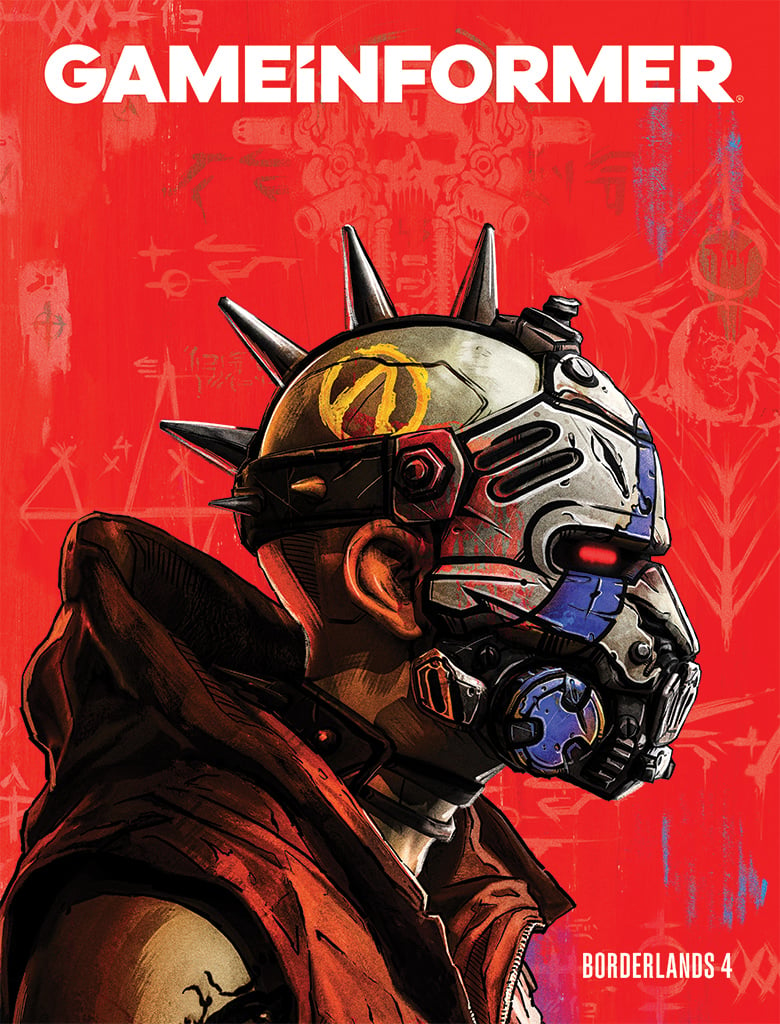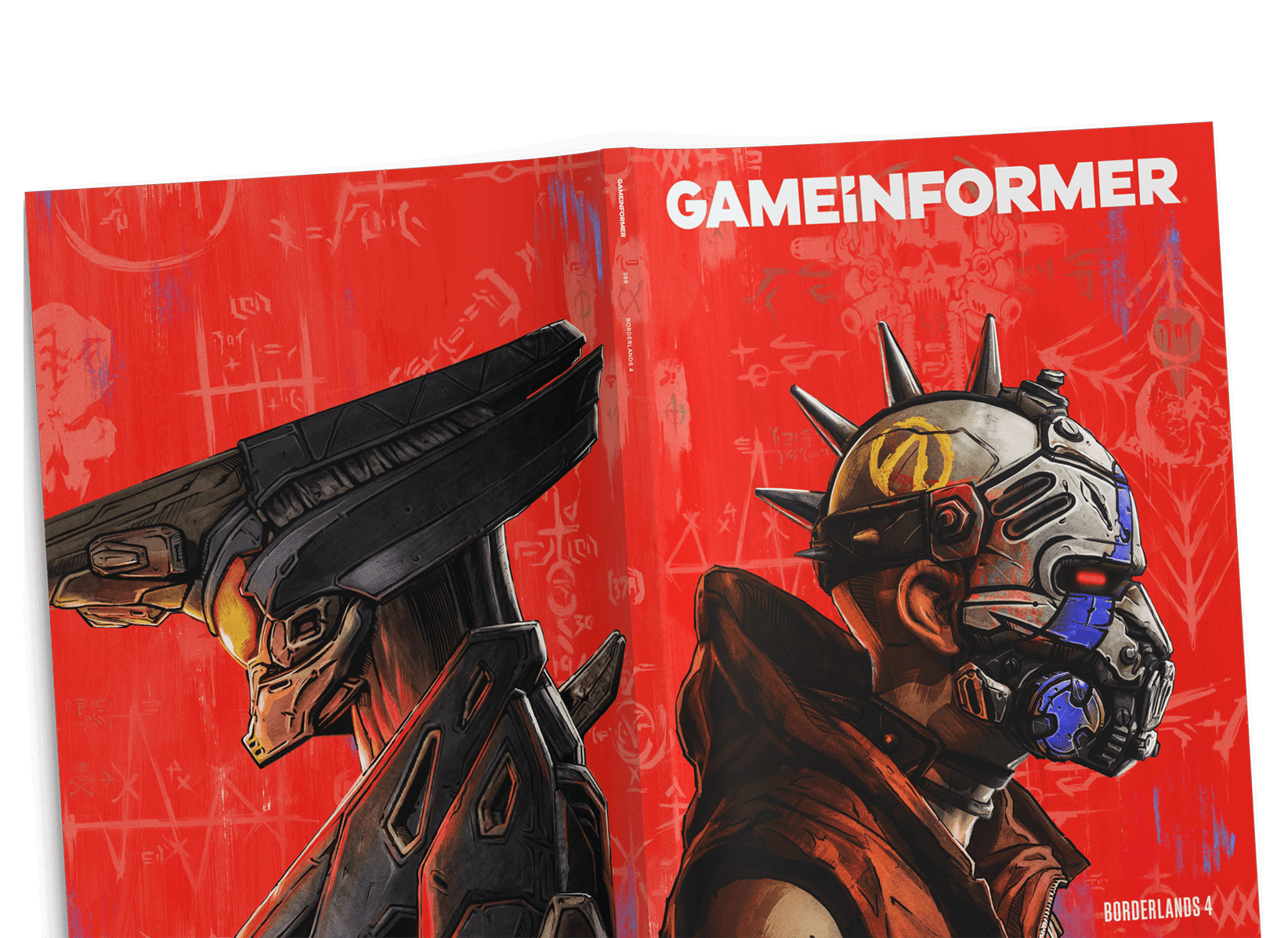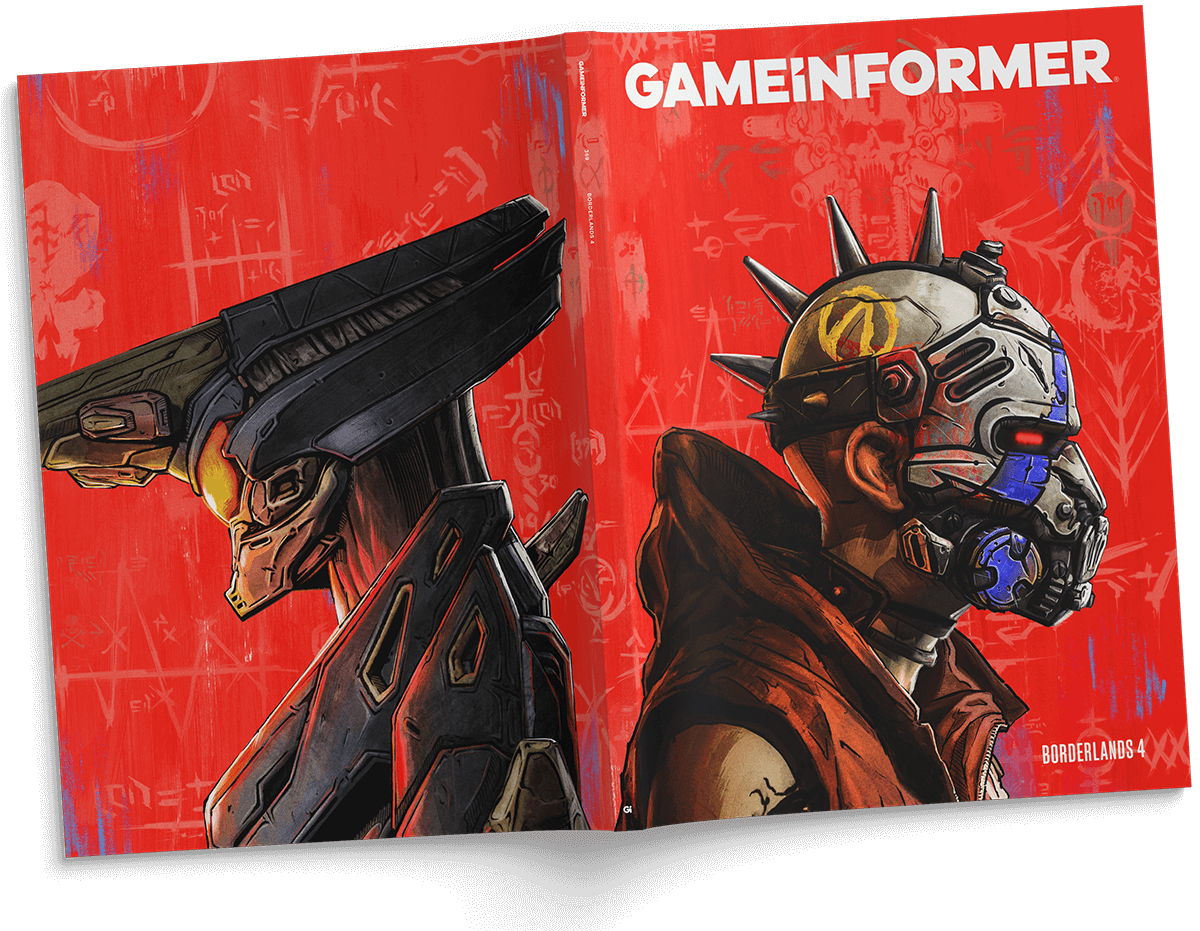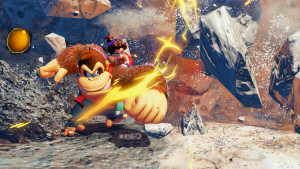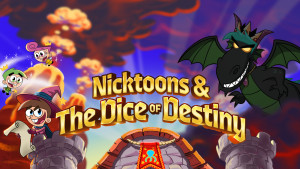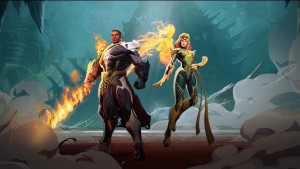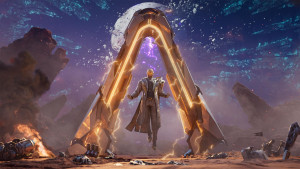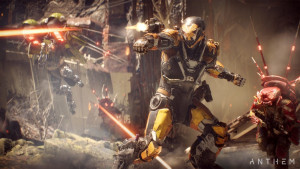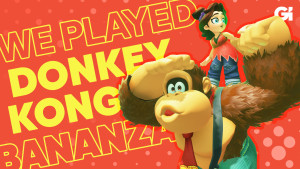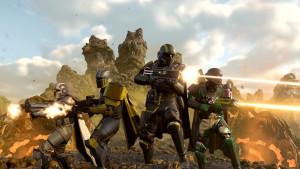Holiday Weekend Flash Sale on Our Magazine! Subscribe Now
Screw This Game!!
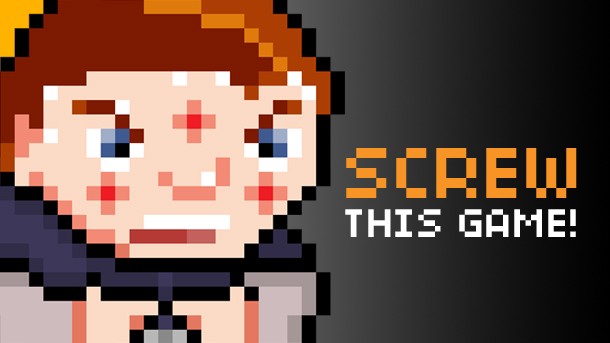
Through the years, we’ve listed the greatest games of all time twice for our 100th and 200th issues. Nearly every month, we list the greatest this or the greatest that in our Top 10 section. This month, we’re taking a moment to record not the greatest, but the worst games we ever played. These games did more than steal our precious dollars and time; they scarred us for life.
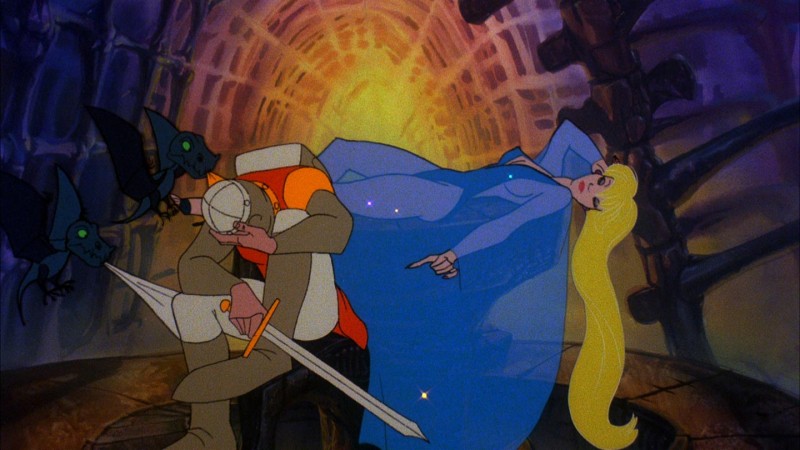
1991 Dragon’s Lair II: Time Warp
System: Arcade » Publisher: Leland Corp.
Whenever
I’d go the mall as a kid, I’d run off to the arcade while my parents
shopped. Usually I could only beg a single quarter out of my folks,
since they thought video games would rot my brain. These quarters were
like treasures to me; I’d stroll by each one of the games in the arcade,
taking my time in deciding which one I would play. Street Fighter II
won most of the time, but only because I couldn’t afford the game I
really wanted: Dragon’s Lair II.
The cabinet sat in the back, taunting me. It looked exactly like a cartoon, except you could play it! Unfortunately, it was the only game in the arcade that cost 50 cents, so I just had to stand there and watch the opening movie loop. I probably looked pretty pathetic.
One day, out of nowhere, my parents gave me two quarters for my trip to the arcade. I didn’t waste any time; I bolted to the back and put my money into Dragon’s Lair II, ready for what I was sure was going to be a mind-blowing experience.
I played for about 30 seconds. I didn’t understand how it worked, and I instantly lost all of my lives to a bloated mother-in-law who looked like a rampaging opera singer. My game was over before I even understood that I was playing. As the title screen popped up again, I just stared in disbelief. This garbage was actually a game? And they actually expected kids to pay money – two precious quarters – to play it?! I walked out of the arcade a little more jaded that day.
I’ve had plenty of chances to right the wrongs of the past; today, the game is available in numerous other incarnations, but I refuse to play it. Why? Because screw you, Dragon’s Lair II. You owe me 50 cents. – Joe Juba
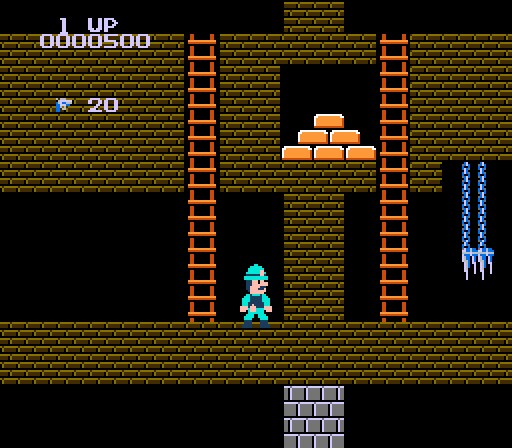
1987 Super Pitfall
System: NES » Publisher: Activision
When I was a kid, money was hard to come by. My parents would gift me with a five-dollar allowance every Saturday morning, and that was my only source of income. Rather than buying baseball cards, Mask action figures, and candy like all of my friends would, I put most of my cash into a Chicago Cubs-themed piggybank. After two months of saving, I could purchase a new NES game. This wasn’t just an event for me. All of the kids living on my block would flock to the Reiner household to check out the hottest new game.
One of these games was Super Pitfall. My love of the Atari 2600 version of Pitfall made this game an instant purchase. I remember paging through the manual during my car ride home, and saying hyperbolic things like “Dad! Pitfall Harry has to save his feline friend Quick Claw! Doesn’t that sound awesome?!”
I wish I could go back in time and slap some sense into my young self. After gathering most of my neighborhood fiends into my living room, I proudly popped Super Pitfall into my NES. Within minutes of wrestling with the game’s atrocious platforming controls, tears formed in my eyes. This was easily the worst game I had ever played, and it came at the expense of two months of allowance money.
Harry’s animations hiccupped and glitched as he ran, he inexplicably slid down ladders for no reason, and most times when he jumped to grab a rope, he would die due to an unreadable connection point. I played the game for no more than 20 minutes. My friends ridiculed me for picking such a terrible game. That was the last time I hosted a neighborhood game session.
Looking back on this disastrous day in my life, I guess I owe Super Pitfall a thank you for teaching me about the dangers of blindly buying games based on name alone. At the same time, it ruined my childhood gaming and was the first step taken in turning me into one of the world’s biggest introverts. – Andrew Reiner
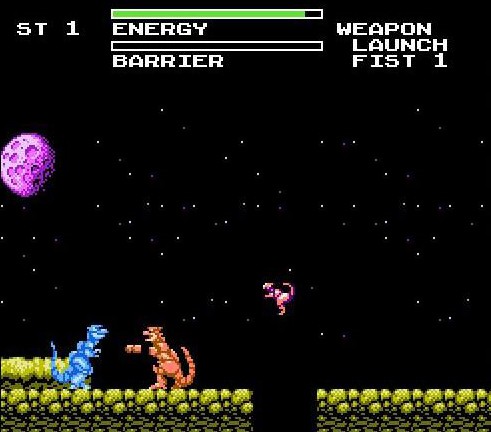
1990 Dynowarz: Destruction of Spondylus
System: NES » Publisher: Bandai
Everyone remembers the first game they played on a system, but what about the last? The waning days of a console are usually marked by a mix of mediocre shovelware and a longing for something bigger and better. While I’ll never forget Kung-Fu, the first NES game I played, I wish I could forget Dynowarz: Destruction of Spondylus, the game that made me throw that classic console into the closet.
Dynowarz came out in 1990. Some of my friends already had a Genesis, which I desperately wanted but couldn’t afford. Instead of racing for rings in Sonic the Hedgehog I was left trolling the dwindling NES clearance bin at my local Wal-Mart. One look at the cover and I was sold – robot dinosaurs? For FIVE BUCKS? If I only knew.
Dinowarz farts in the face of everything good about video games. The game has two gameplay modes: crappy sidescrolling platforming/combat as a little space dude, and crappy sidescrolling platforming/combat as a robot dinosaur. Is it possible for a game to be too easy and frustrating at the same time? Somehow Dinowarz manages to be both. Players sleepwalk through endlessly repetitive levels shooting weird space creatures and robodinos without purpose. Even your average death is frustrating, as it’s often the result of the stiff controls and bone-dumb design. I don’t think I even finished it; I simply couldn’t take anymore. I never bought another NES game, and thankfully Santa soon gave me a Genesis. Dinowarz, I spit on you through the mists of time. – Matt Helgeson
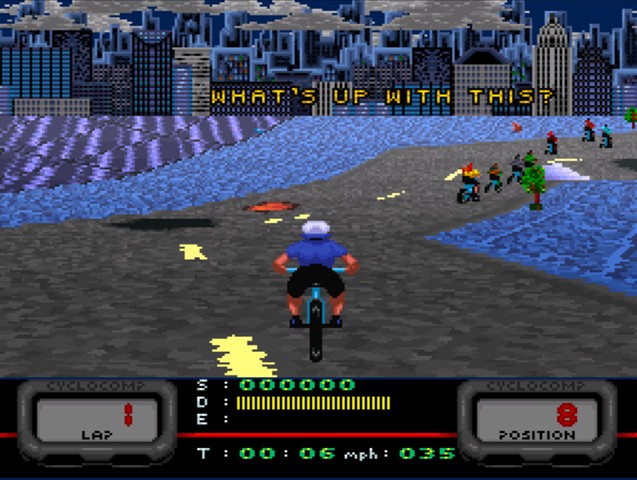
1994 Cannondale Cup
System: SNES » Publisher: American Softworks
When I first played Road Rash on the 3DO at a store kiosk as a kid, I was amazed by what was now possible in video games. The 3D graphics, smooth framerate, and CD-quality soundtrack were astonishing. Unfortunately, I didn’t have a 3DO, and the closest equivalent on the Super Nintendo was called Cannondale Cup. Sure, you rode mountain bikes instead of motorcycles, but you still got to fight your other competitors while racing for the finish line. That makes it just as good, right?
Suffice it to say, Cannondale Cup was the first time I learned that you need discretion when buying video games. Its stuttering, barren landscapes and horrible character design (including a Blanka-esque racer creatively named “Mountain Demon”), were signs that I had just wasted $50 of my hard-earned allowance. Neither the racing nor the combat came close to what Road Rash offered, and the sense of speed was nonexistent.
The revelation that some developers were willing to release crappy games was as disappointing as my first-grade teacher telling me “superhero” wasn’t a valid career option, and it was the first time I felt jealousy towards owners of a different console. My hatred of the game has contributed to my irrational dislike of the Tour de France, even though its participants don’t even use mountain bikes. Cannondale Cup is so bad that it ruined an entire mode of transportation for me. – Jeff Marchiafava
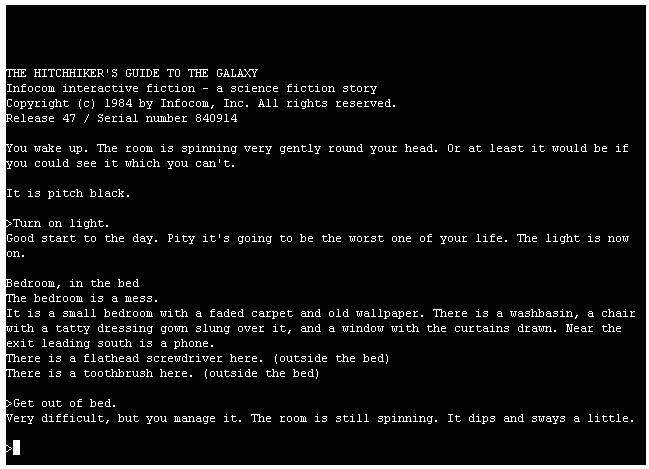
1984 The Hitchhiker’s Guide to the Galaxy
System: Apple II » Publisher: Infocom
The
Hitchhiker’s Guide to the Galaxy is a text-based adventure game
developed by Infocom and written by Douglas Adams. You wake up with a
horrible hangover in a small British home, the rest is up to you. As a
seven-year-old kid, the game was mind blowing. I explored the one-room
home for hours, trying every action I could think up. I didn’t know who
this Douglas Adams guy was, but he consistently volleyed witty responses
to my nonsensical inputs. I loved it. Then I made the mistake of
walking outside.
A bulldozer was rumbling toward my home, a man named Mr. Prosser was yelling at me to get out of the way. I tried to heed Mr. Prosser’s advice and run, but it was no use. The bulldozer destroyed my home and a brick hit me in the head, I was dead. The screen was blank; there was no prompt. I typed “restart.” The game said, “You keep out of this, you’re dead.” I typed “restart” again. “You should be concentrating on developing a good firm rigor mortis.” Several taunts later, the game let me restart. I was back in the house. I tried to prepare myself this time. I picked up a nearby screwdriver and walked outside. I threw the screwdriver at the oncoming bulldozer but missed – a brick to the back of my head, I was dead. I woke up again, went outside and tried to talk to Mr. Prosser. He refused to stop the bulldozer – a brick to the back of my head, and I was dead. I woke up, I typed in “Help me.” Douglas Adams responded, “Sorry, but yourself is beyond help.” I agreed. I tried running back in to my house and going back to sleep. Maybe it was all a bad dream? The house collapsed on top of me, I was dead. I woke up again and again, each time inventing a new strategy and having a glimmer of hope before receiving a brick to the back of my head. The game made you logically battle a comedic writer; it was an impossible task. I went back and tried to play the game every now and then, but I had a much more enjoyable time looking at the cool pictures of aliens on the box. – Ben Hanson
